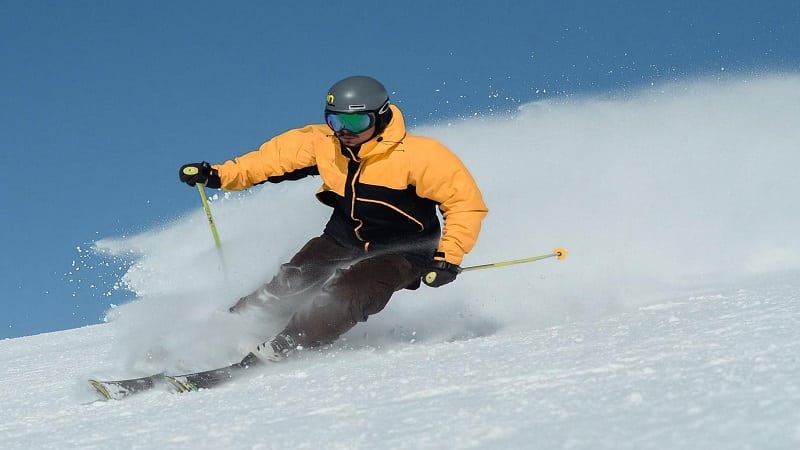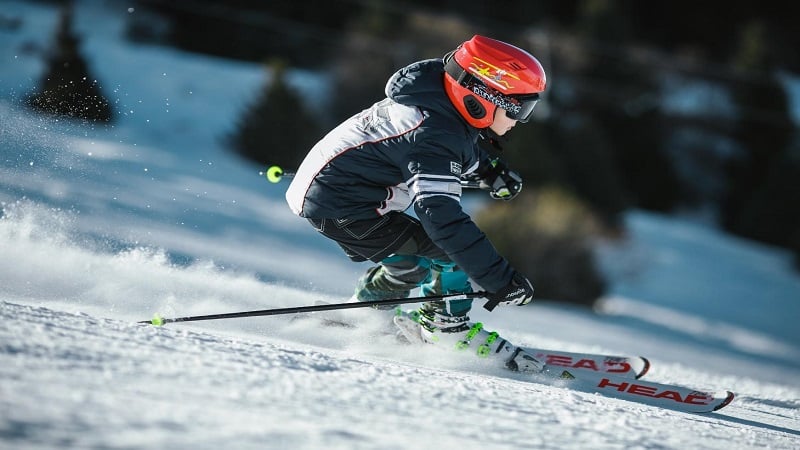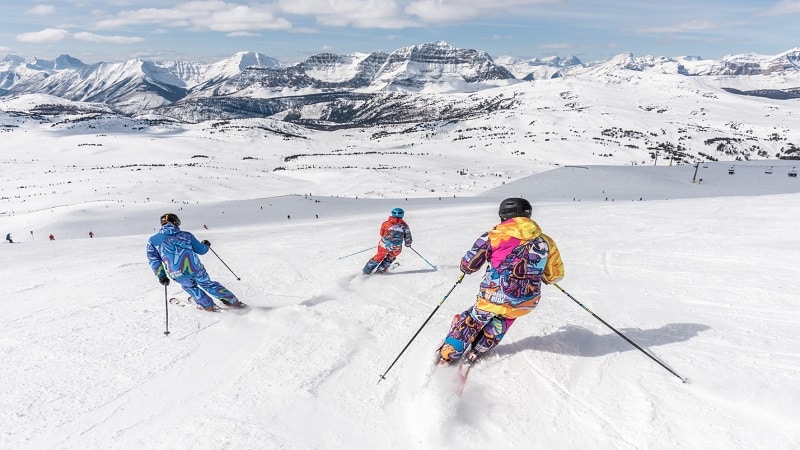Winter fun on rough hills can be a blast, but only if your sled can handle the bumps and twists. Picking the right sled isn’t just about looks or price—it’s about finding one that’s tough enough to take on rugged terrain without falling apart.

You want a sled that’s built to last and gives you a smooth ride no matter how rocky the hill gets. With so many options out there it can be tricky to know what features really matter. Don’t worry though, we’ll help you figure out exactly what to look for so you can enjoy every downhill adventure with confidence.
Understanding the Importance of Durability in Sleds
You know that rough hills demand more from your gear than gentle slopes. Durability in a sled means it can withstand sharp turns, bumps, and impacts without losing performance or safety.
What Makes a Sled Durable?
A sled’s durability depends on materials, construction, and design. You want a frame made from high-impact plastic or metal alloys that resist cracking or bending. Reinforced runners made from steel or solid plastic improve control and withstand abrasion on rough surfaces. Quality welds or seamless joins eliminate weak points that could break under stress. Look for sleds with sturdy handles and secure seating to keep you safe during aggressive rides. Reinforced edges and extra padding absorb shocks while preventing wear and tear.
Common Challenges on Rough Hills
Navigating rocky patches, ice spots, and uneven ground causes frequent jolts and sudden forces on your sled. You face friction that wears down runners faster and impacts that test joints and connections. Sharp turns demand sleds that flex slightly without cracking. High speeds increase collision risks with hidden obstacles, requiring resilient materials to prevent cracks or breaks. Durable sleds maintain stability, offer better control, and keep you riding longer without damage, making them essential for thrilling downhill runs on rough terrain.
Key Features to Look for in a Durable Sled
Picking a sled built to last makes all the difference when you’re hitting rough hills. You want a sled that holds up to bumps, sharp turns, and fast descents without breaking or losing control.
Material and Build Quality
Look for sleds made from high-impact plastics like HDPE or polyethylene since they resist cracks and abrasions on rocky or icy terrain. Metal runners, preferably stainless steel or aluminum, increase durability and improve steering on frozen surfaces. Solid welds or reinforced connection points keep the sled intact during aggressive runs. Avoid thin or brittle materials that easily snap or warp.
Design and Shape for Stability
Choose sleds with a wide, aerodynamic base and raised sides to boost stability at speed. Curved runners help with smooth cornering and reduce snagging on uneven ground. A low center of gravity keeps you balanced even when encountering unexpected bumps. Handles with good grip and strategic placement add control, especially when you need to steer or stabilize mid-run.
Weight Capacity and Size
Check the weight limit — reliable sleds support at least 200 pounds to accommodate different riders and gear. A properly sized sled fits your height and weight, enabling you to shift your body for better control. Oversized sleds offer more surface area for floatation on powdery snow, while smaller sleds are more agile for twisty runs. Choose a size that matches your style and the hill’s demands to maximize fun and safety.
Types of Sleds Suitable for Rough Terrain
Choosing the right sled for rough hills means knowing which types handle bumps and uneven surfaces best. Each sled type offers distinct benefits and challenges you’ll want to consider for durability and control.
Plastic Sleds
Plastic sleds excel in their resistance to cracks and abrasions, especially those made from HDPE or polyethylene. You gain a lightweight, low-maintenance option that flexes slightly to absorb impacts without breaking. Wide, aerodynamic designs with reinforced runners enhance stability on rocky or icy patches. Keep in mind that plastic sleds can wear down over time when used frequently on gravelly or very rough hills, but their ease of handling and durability make them a solid choice for most rugged conditions.
Metal Sleds
Metal sleds feature sturdy steel or aluminum frames with metal runners designed for durability and precise steering. You benefit from excellent control during sharp turns and high-speed runs over uneven terrain. These sleds tend to be heavier but offer superior impact resistance, making them perfect if you expect frequent encounters with rocks or packed snow. However, metal sleds require proper maintenance to prevent rust and ensure longevity, so you’ll want to dry and store them carefully after each use.
Inflatable Sleds
Inflatable sleds provide excellent shock absorption thanks to their air-filled chambers, cushioning bumps on rough hills better than rigid sleds. You can pack them easily and carry them without extra bulk. Still, durability depends heavily on the outer material’s toughness. Look for models with reinforced, puncture-resistant fabrics suitable for rugged terrain. Remember that sharp rocks or sticks can still cause punctures, so using an inflatable sled calls for extra vigilance and quick patching supplies during your winter adventures.
Tips for Testing and Maintaining Your Sled
Testing and maintaining your sled keeps it ready for the toughest hills and longest rides. You can make sure your sled lasts season after season by checking its durability beforehand and caring for it properly.
How to Test Durability Before Purchase
Check the sled’s material by pressing firmly on the plastic or metal parts to feel its strength. Tap the surface for signs of thin spots or cracks that could worsen on rough terrain. Examine the runners for firmness and smoothness to ensure they won’t bend or degrade quickly. Pull on the handles and attachments to confirm they’re securely fastened and won’t snap under pressure. Assess the sled’s weight—lighter sleds offer speed but heavier models often mean increased durability and control. Ask for a quick field test if possible, like sliding it on rough snow or gravel, so you can experience its stability and handling before buying.
Maintenance Tips to Extend Sled Life
Clean your sled thoroughly after each ride to remove dirt, salt, and debris that cause wear. Dry it completely to prevent rust on metal parts and mold on plastic. Inspect runners regularly for dents or damage and smooth out rough edges with fine sandpaper if needed. Store your sled in a cool, dry place away from direct sunlight to preserve material strength. Tighten bolts and check handles before every use to avoid accidents. Apply a silicone-based spray to plastic surfaces to maintain glide performance and prevent cracking in extreme cold. Rotate your sled use with others to avoid overusing one sled, which speeds up wear and tear.
Conclusion
Choosing the right sled for rough hills means you’re setting yourself up for fun and safety. When you pick a sled built to handle bumps, sharp turns, and icy patches, you can focus on enjoying the ride instead of worrying about damage or control.
Remember, investing time in finding a durable sled and keeping it well-maintained pays off with countless thrilling runs down those rugged slopes. With the right gear, you’re ready to make the most of every winter adventure.










